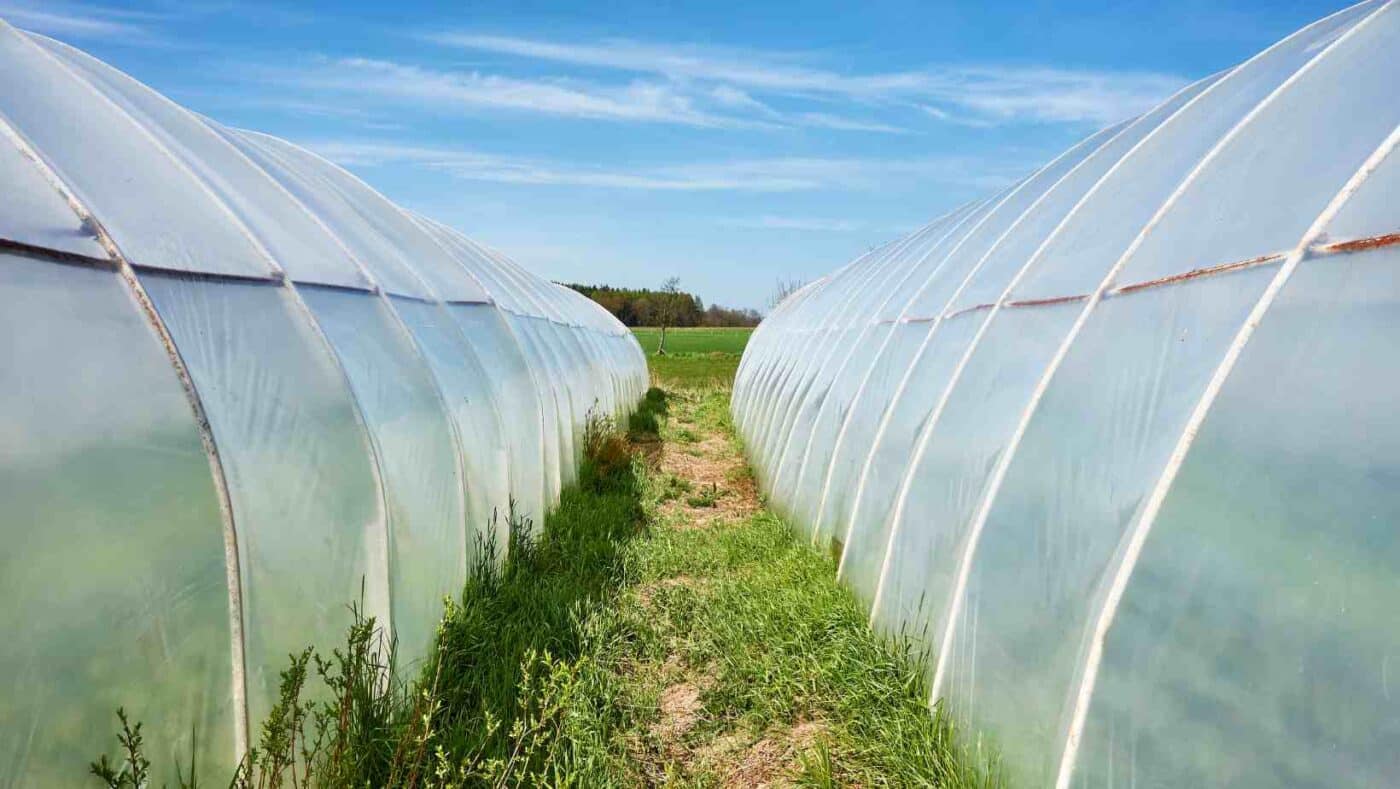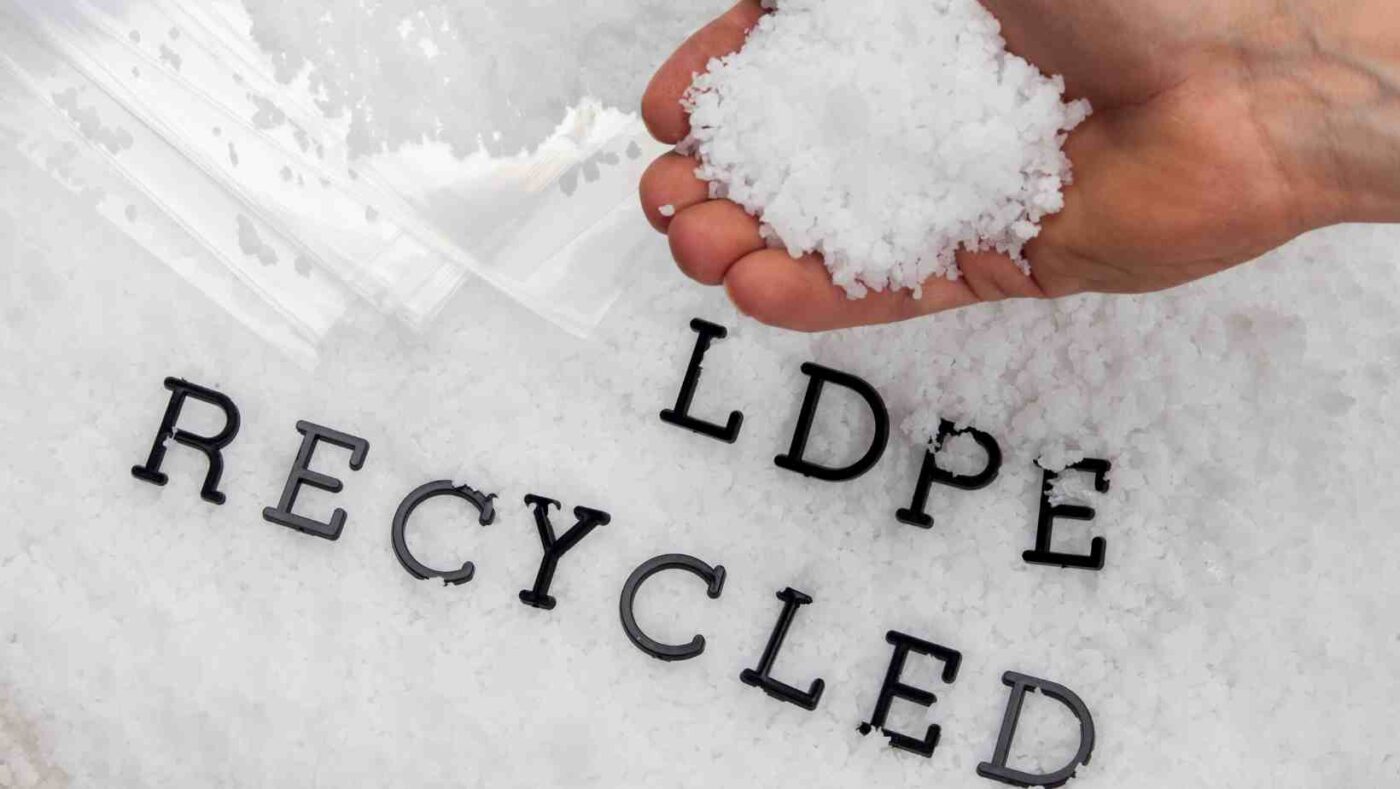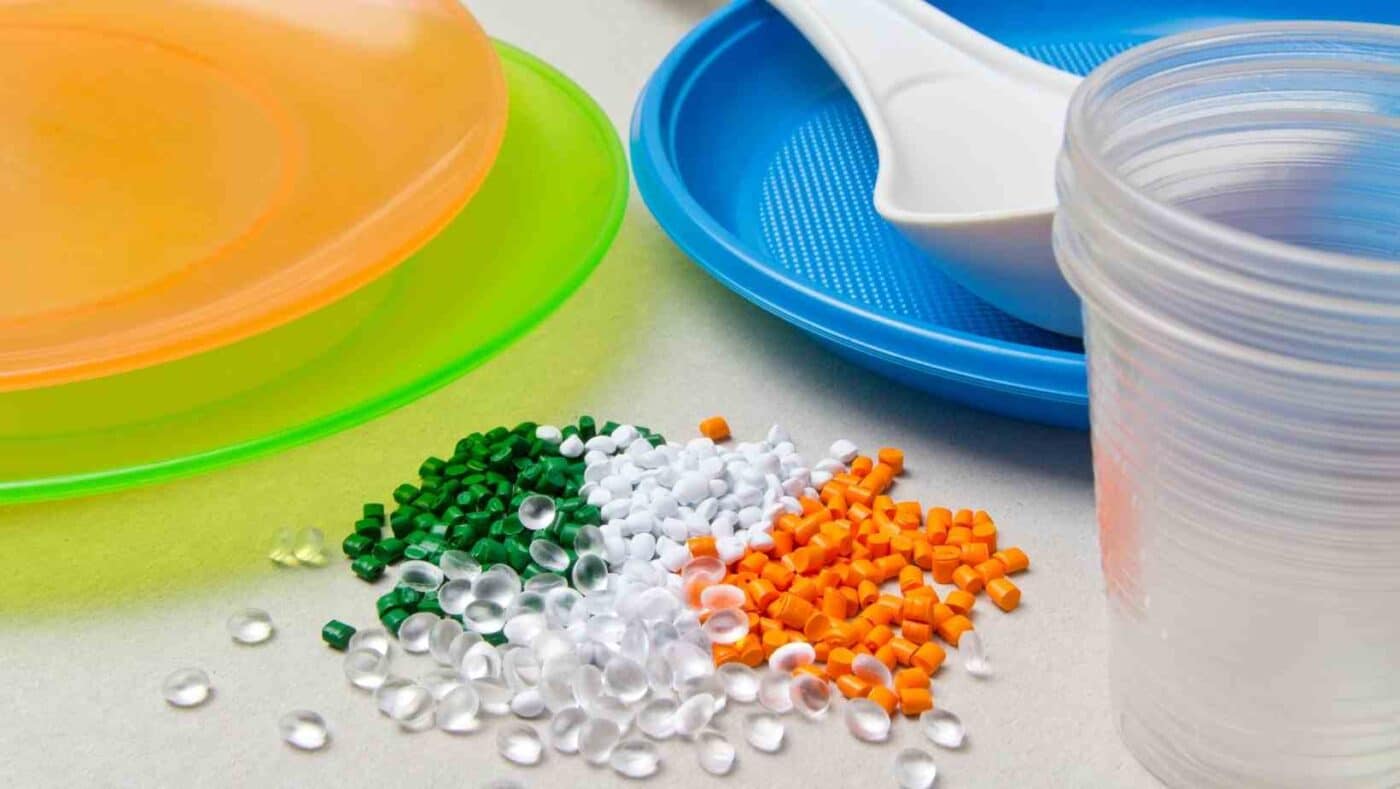Polyethylene is an engineering plastic that is extremely durable, resistant to chemicals and used in a wide variety of fields. In the plastics industry, it is often referred to simply as PE.
Table of Contents
What is Polyethylene?
Polyethylene (PE) is a thermoplastic polymer obtained by polymerization of ethylene monomer. It is generally used in the production of plastic products. Polyethylene is divided into two main types: high density polyethylene (HDPE) and low density polyethylene (LDPE).
High-density polyethylene (HDPE) is a denser, rigid and durable material and is often used for many different industrial and consumer products such as water pipes, plastic bottles, toys, containers and packaging materials.
Low-density polyethylene (LDPE) is a more flexible and softer material and is mainly used for products such as packaging materials, sachets, garbage bags and agricultural films.
Physical and Chemical Properties of Polyethylene
Physical Properties of Polyethylene
- Density: The density of polyethylene can vary depending on the production method and type. Generally, high-density polyethylene (HDPE) is a denser material, while low-density polyethylene (LDPE) has a lower density.
- Transparency: PE is a material that can be transparent or opaque.
- Hardness: HDPE is a rigid material, while LDPE is a more flexible material.
- Heat resistance: Polyethylene can withstand high temperatures, but its melting point can vary depending on its type and production method.
- Water resistance: PE is resistant to water and is therefore used in many industrial and consumer products that come into contact with water.
- Electrical properties: PE can be used as an insulating material and is therefore used in the electrical industry.
Chemical Properties of Polyethylene
- Insoluble in water: PE does not react with water and is insoluble in water.
- High chemical resistance: PE is resistant to many chemicals. It is resistant to many chemicals, including acids, bases, solvents, oils and fuels.
- Resistant to oxidation: PE is resistant to the effects of oxygen and is therefore resistant to oxidation.
- UV resistant: PE is resistant to UV rays and can therefore be used in outdoor applications.
- Resistant to high temperatures: PE is resistant to high temperatures and is resistant to temperature changes.
Areas of Use of Polyethylene
Polyethylene (PE) is a versatile polymer with a wide range of uses. PE can be produced by many different manufacturing methods and can be used in many different shapes and sizes. Here are some of the common uses:
- Packaging: PE is used for packaging food and other products. Many different packaging materials such as plastic bags, packets, films, containers and bottles are made from PE.
- Agriculture: PE is used in many of the materials used in agriculture. Agricultural films, greenhouse covering materials, irrigation pipes, livestock shelters and flooring are all made from PE.
- Automotive industry: In the automotive industry, PE is used in many different applications such as fuel tanks, pipelines and cable insulation.
- Construction: PE is used in many different materials used in the construction industry. Pipelines, pipe coatings, insulation materials, waterproofing materials, roofing materials and coatings can all be made from PE.
- Medicine: PE is widely used in medical materials. Many different materials such as health supplies, sterile packaging materials, parts of medical equipment, bags, tubes and sheaths can be made from PE.
- Electrical industry: PE is used in electrical wiring systems, cable insulation and for housing electrical devices.
- Sports and leisure: PE is also used in sports equipment and leisure products. For example, golf ball covers, swimming pool covers, skateboard ramps and water slides can be made from PE.

Advantages and Disadvantages of Polyethylene
Advantages of Polyethylene
- Durability: PE is resistant to many environmental factors. For example, it is resistant to water, chemicals and abrasion. PE materials therefore have a long service life.
- Flexibility: PE is a flexible material and is ideal for many applications due to its high flexibility and low stiffness properties.
- Easy processability: PE can be produced in many different shapes and sizes and can be processed by different production methods. PE is therefore a suitable material for the production of products of various shapes and sizes.
- Low cost: PE is cheaper than many other materials and is therefore an ideal choice for many industries.
- Lightweight: PE is a lightweight material, making it ideal for many applications. For example, it can be used for lightweight products such as packaging materials and transportation containers.
- Easy to clean: PE can be easily cleaned and is therefore preferred in many different industries.
Disadvantages of Polyethylene
- Low temperature resistance: PE is prone to cracking and breaking when exposed to low temperatures. It is therefore not recommended for use at low temperatures.
- Poor surface performance: PE can have poor surface performance.
- High oxygen permeability: PE has high oxygen permeability, so products using PE can be exposed to external factors such as air, light and water vapor.
- Low stiffness: PE has low stiffness and is therefore not suitable for applications requiring high stiffness.
- Low thermal conductivity: PE has low thermal conductivity and is therefore not recommended for use at high temperatures.
- High combustion risk: PE is a flammable material and therefore carries a high risk of combustion.
Is Polyethylene Plastic Healthy?
Polyethylene (PE) is generally safe for health. PE is a non-toxic polymer for humans and is used in many different applications such as food packaging, medical equipment, children’s toys, cosmetic packaging.
PE is a widely used material for the protection and transportation of food products and is one of the most preferred materials in the food packaging industry. A special type of PE, called food grade, is designed for the safety of food products and is a safe choice for the storage and transportation of food products.
However, during the use of polyethylene-based plastic products, some health risks may occur if they come into contact with high temperatures, corrosive substances or other chemicals. Therefore, when using PE, it is recommended to follow the products’ instruction manuals and handle the products appropriately.
Is Polyethylene Recyclable?
Polyethylene (PE) is a recyclable material. PE is a thermoplastic that is easy to recycle. Recycling takes place in recycling facilities where PE products are collected as waste after their end-of-life. PE recycling is accomplished by melting and reshaping PE products.

Conclusion
Polyethylene is generally considered a healthy plastic material and can be used in many applications. PE is durable, lightweight, waterproof, highly chemical resistant, recyclable and economical.

